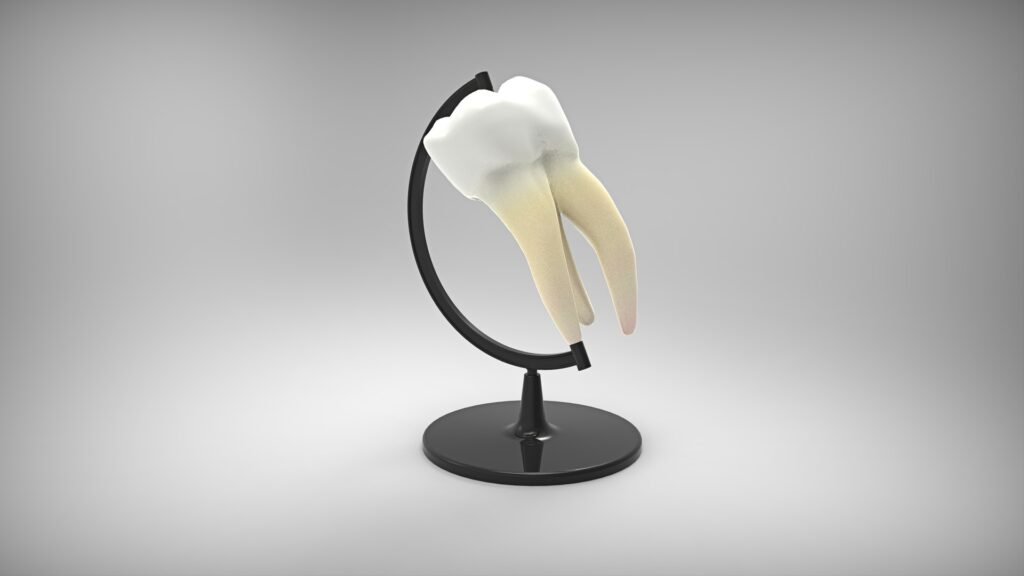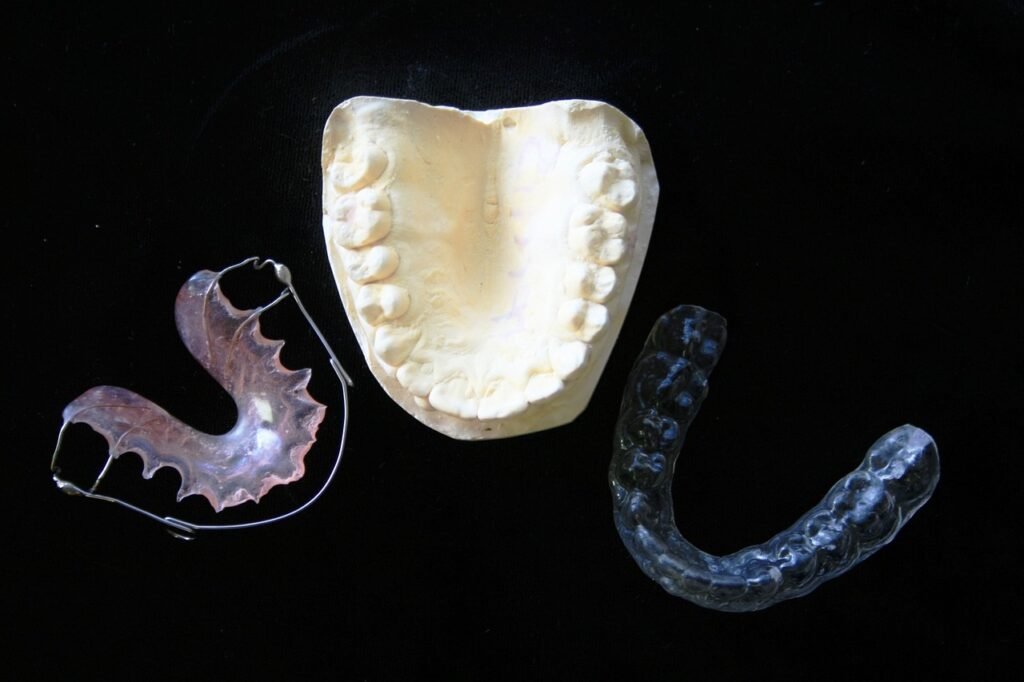What do you use for dental Fillings?
Tooth colored or resin fillings have made big strides in the last few decades. We have now come to a place in dentistry where we no longer have to compromise on aesthetics in trade for stronger fillings. Dental fillings can be blended with remaining tooth structure to make it look completely natural. Composite resins is one the best ways to restore teeth when teeth are damaged by cavities. Old silver/mercury fillings, if they are small enough, can be exchanged for resin fillings as well.


How long do composite Fillings last?
Tooth colored fillings can last 5 to 10 years, with many lasting up to 20 years with proper home care. Composite resins provide good durability and resistance to fracture in small to mid-size fillings. They can be used in the back teeth to restore chewing surfaces and are able to resist the constant stresses of chewing. Composites can also be used for bonding of the front teeth. In cases where a front tooth is chipped or fractured, tooth colored filling can be used to help restore the tooth.
When is a Filling not enough?
There are limitations to what composite fillings can restore. The larger the affected areas of the tooth from either fracture or cavities, the more stress the restoration has to bear. In cases where a large portion of the tooth is gone, the fracture resistance of the tooth is very low. Composite resins may be used to temporarily restore the tooth in such a case, but onlays and crowns may help to produce a better, longer lasting result.


Will it look natural? Do you have to shave off more tooth?
Composites can help to restore a nice, natural look to your smile for years. Depending on the amount of tooth that has chipped or fractured off, more tooth structure has to be prepared in order to get the filling to stay, since the bonding element requires more surface area to impart strength to the filling. If a large part of the tooth is missing, a veneer or a crown may be indicated.
